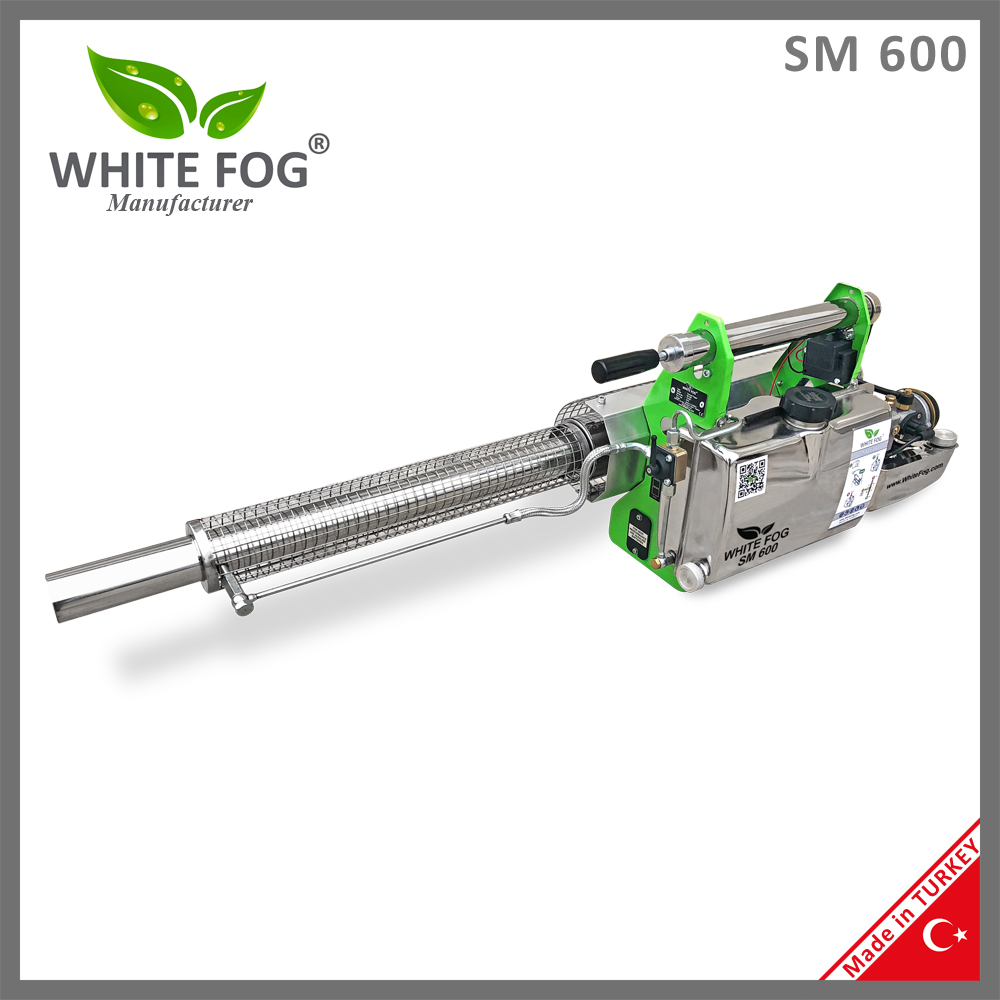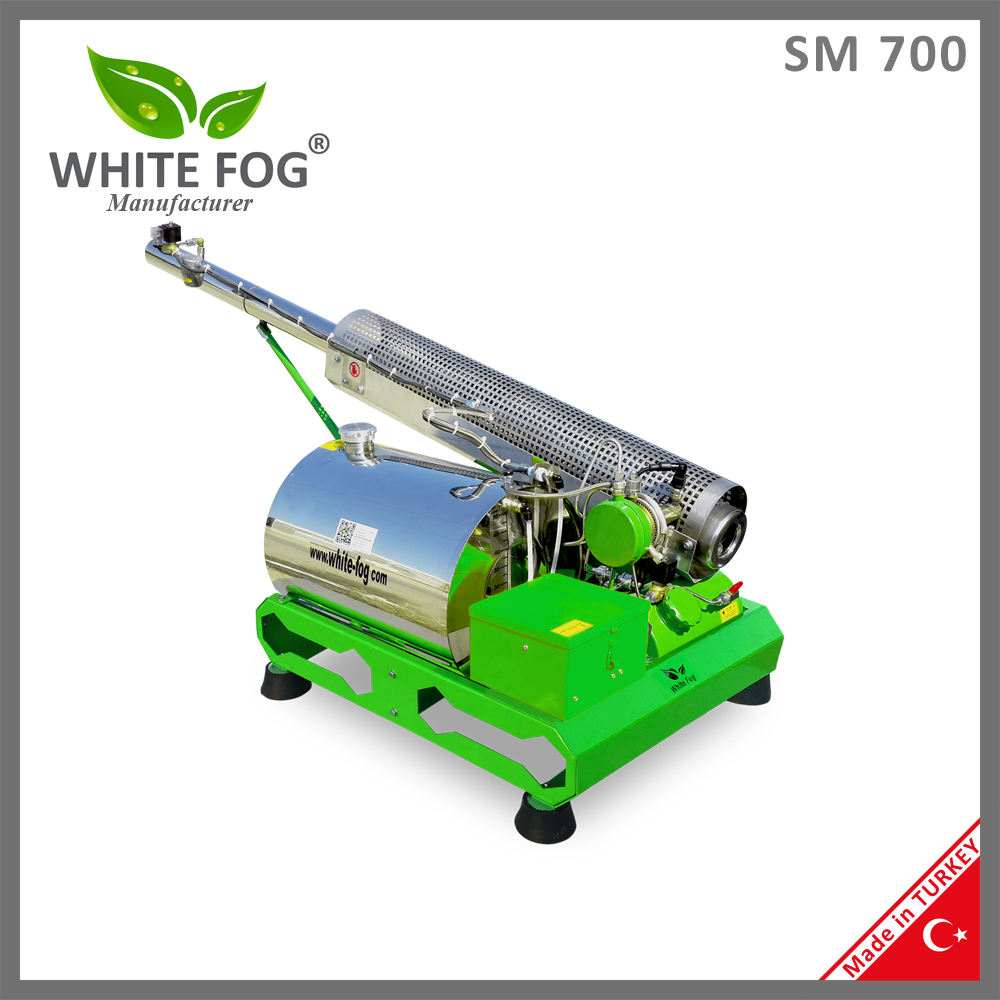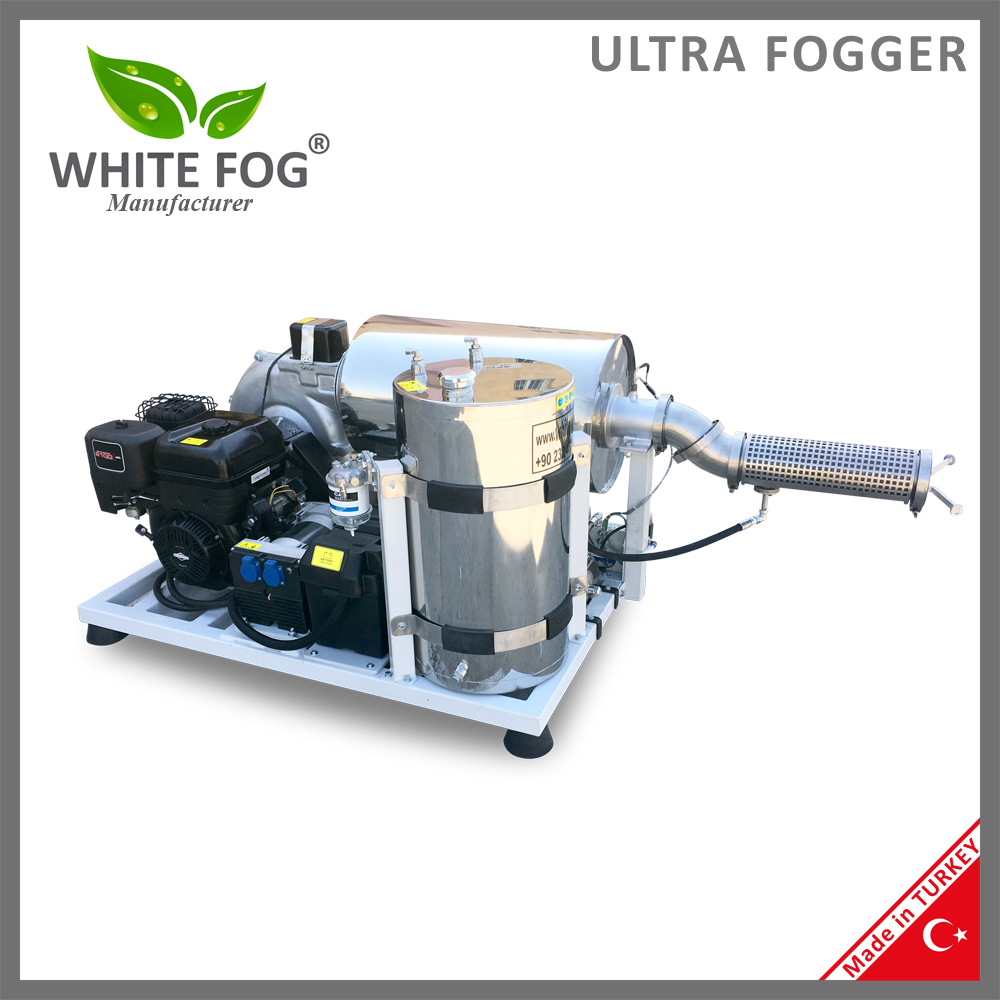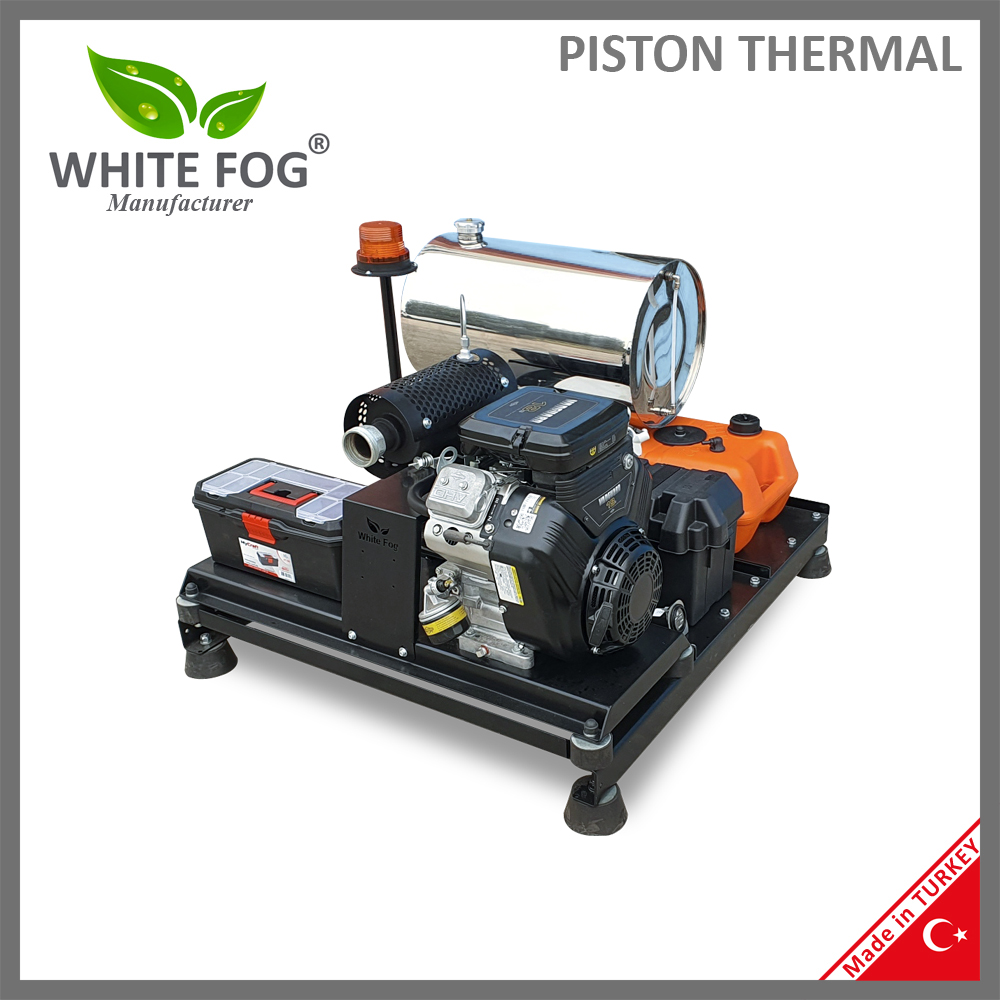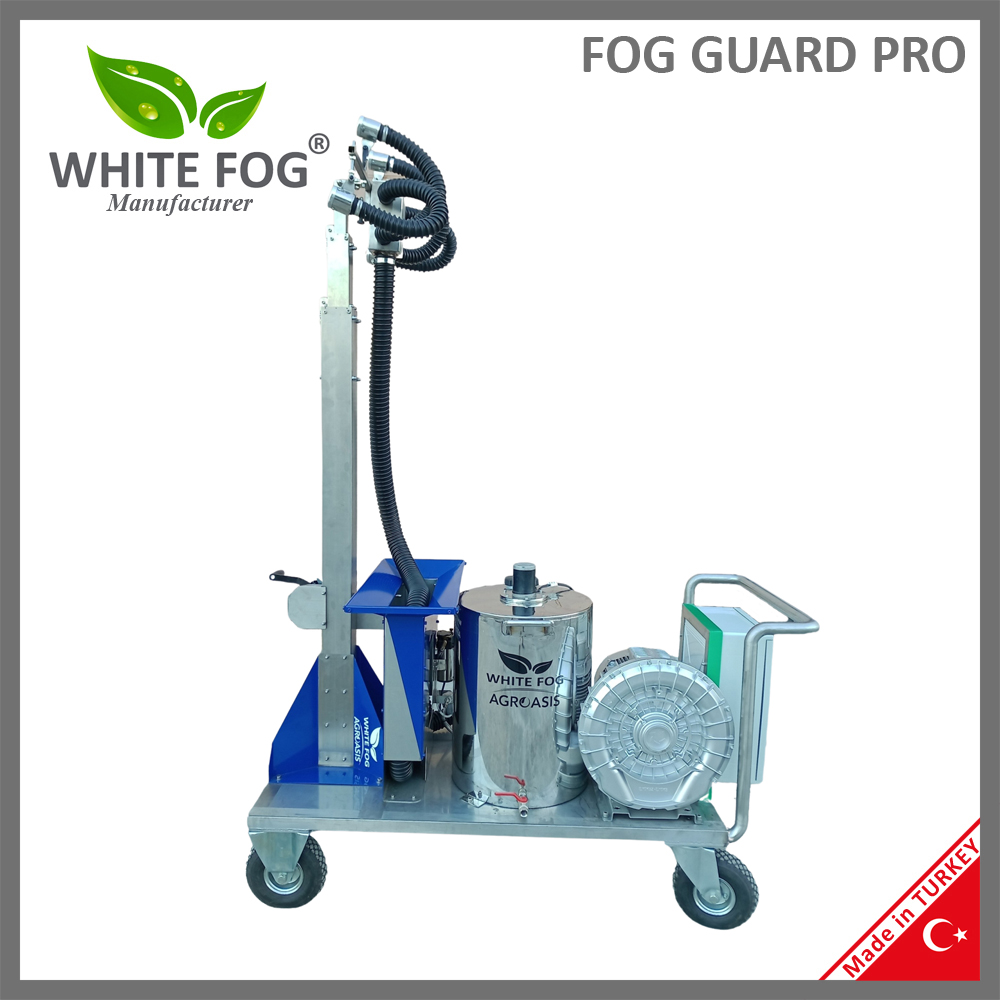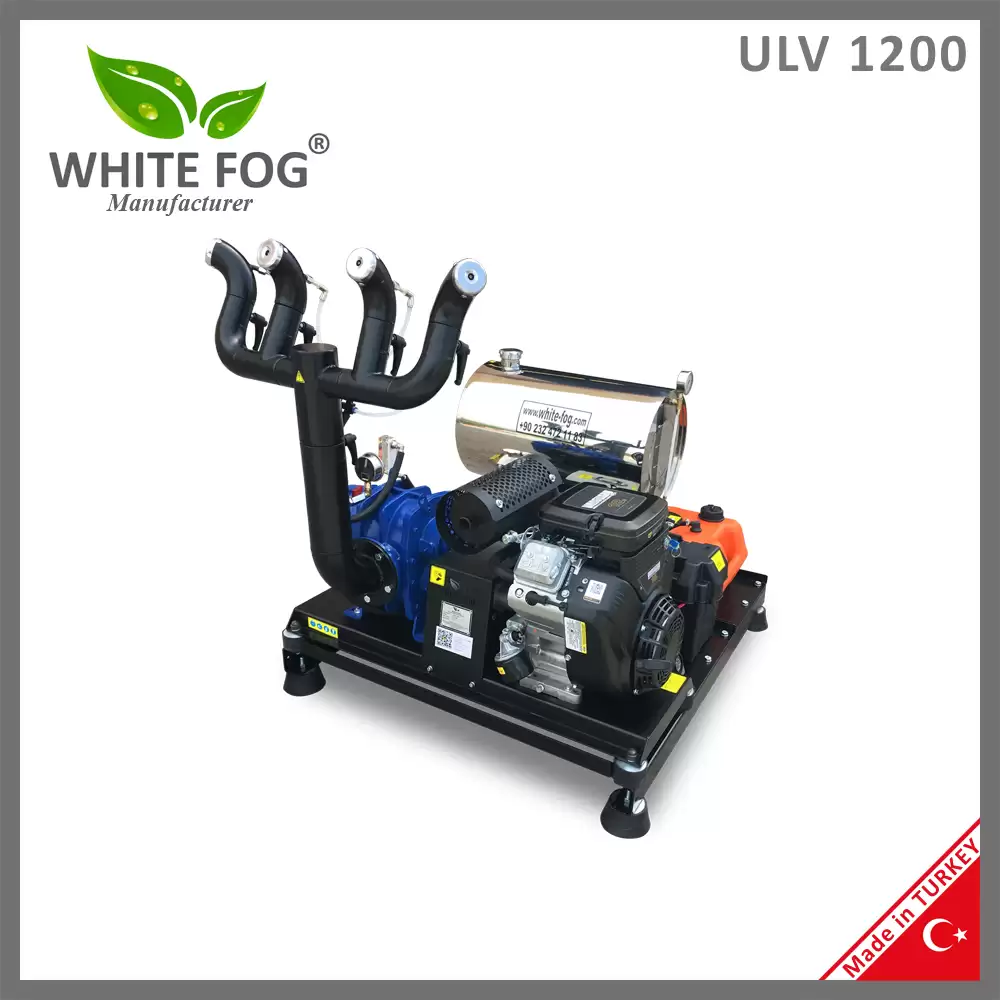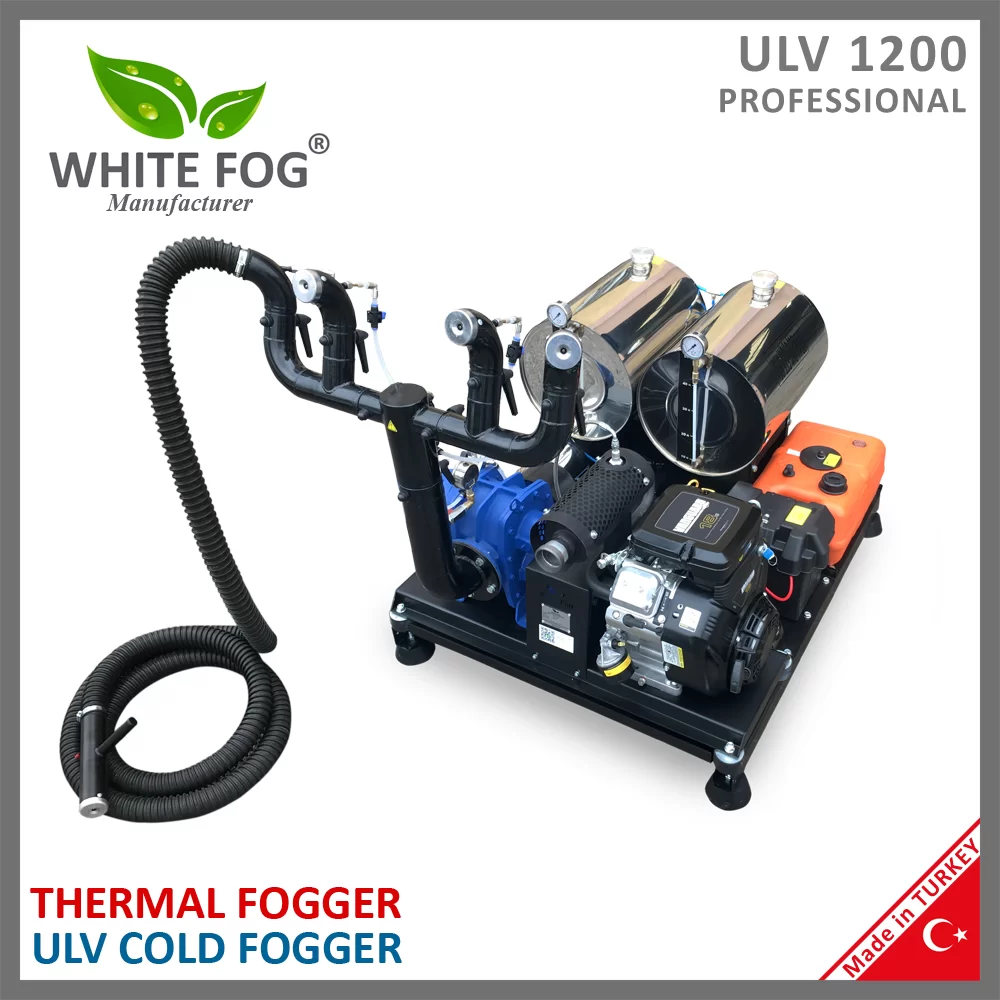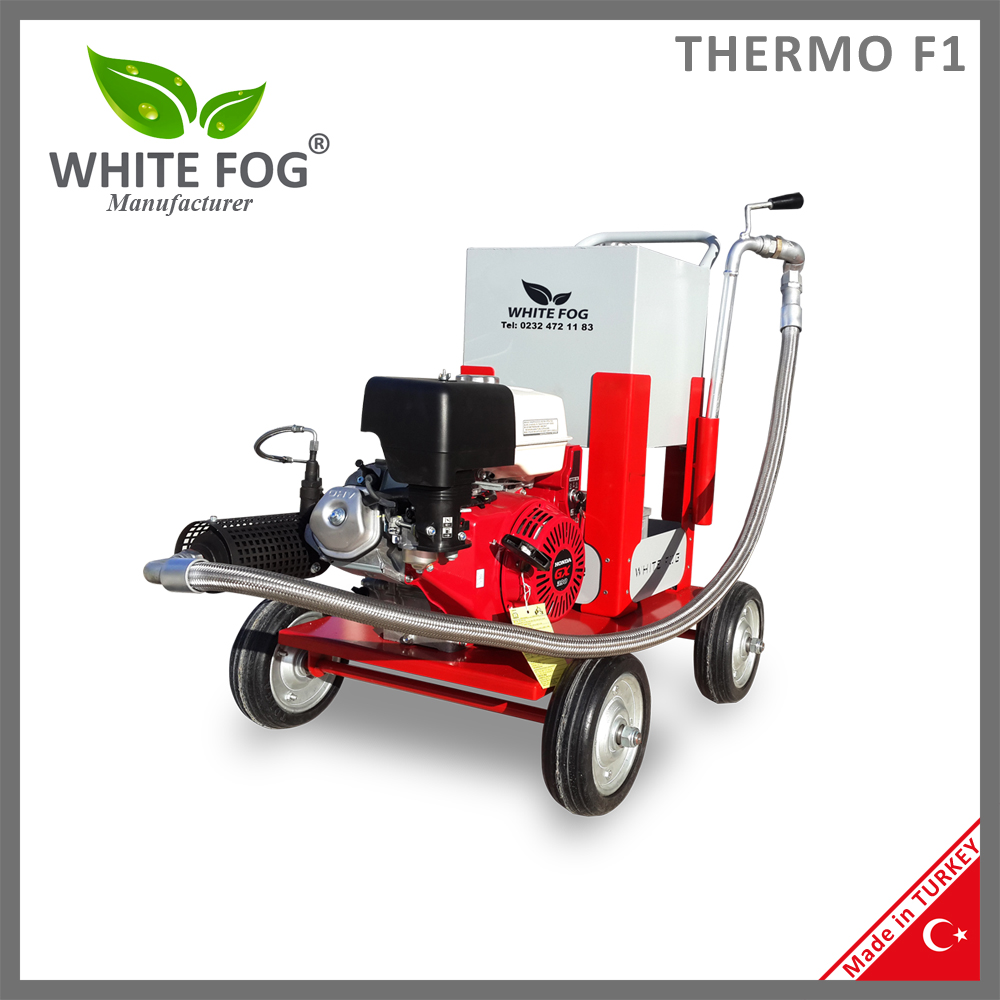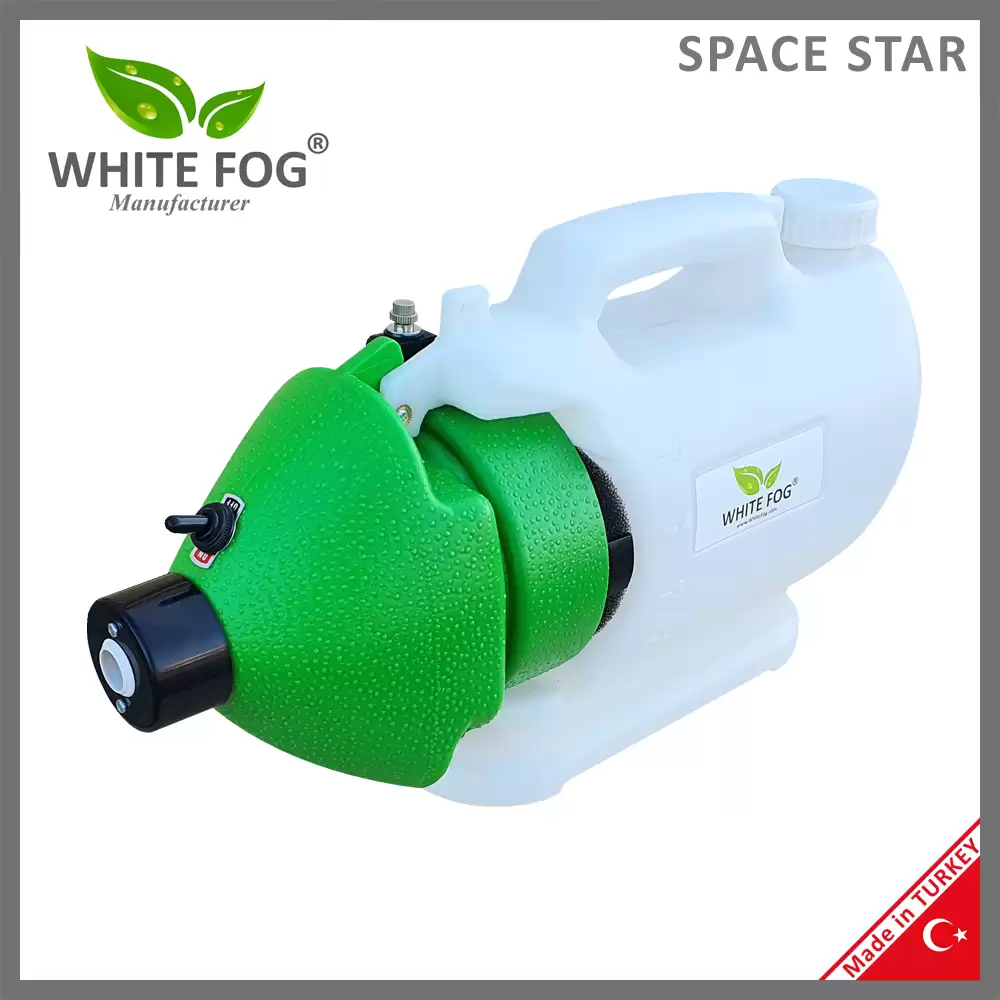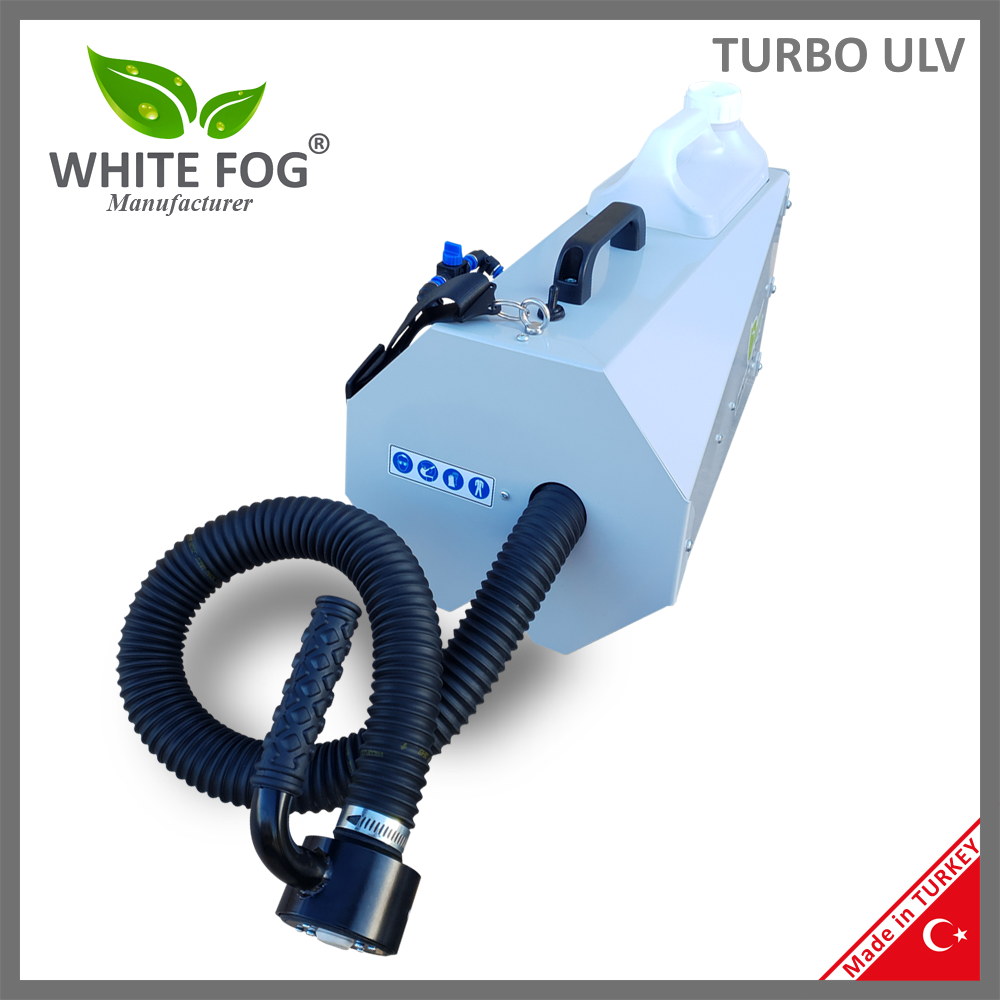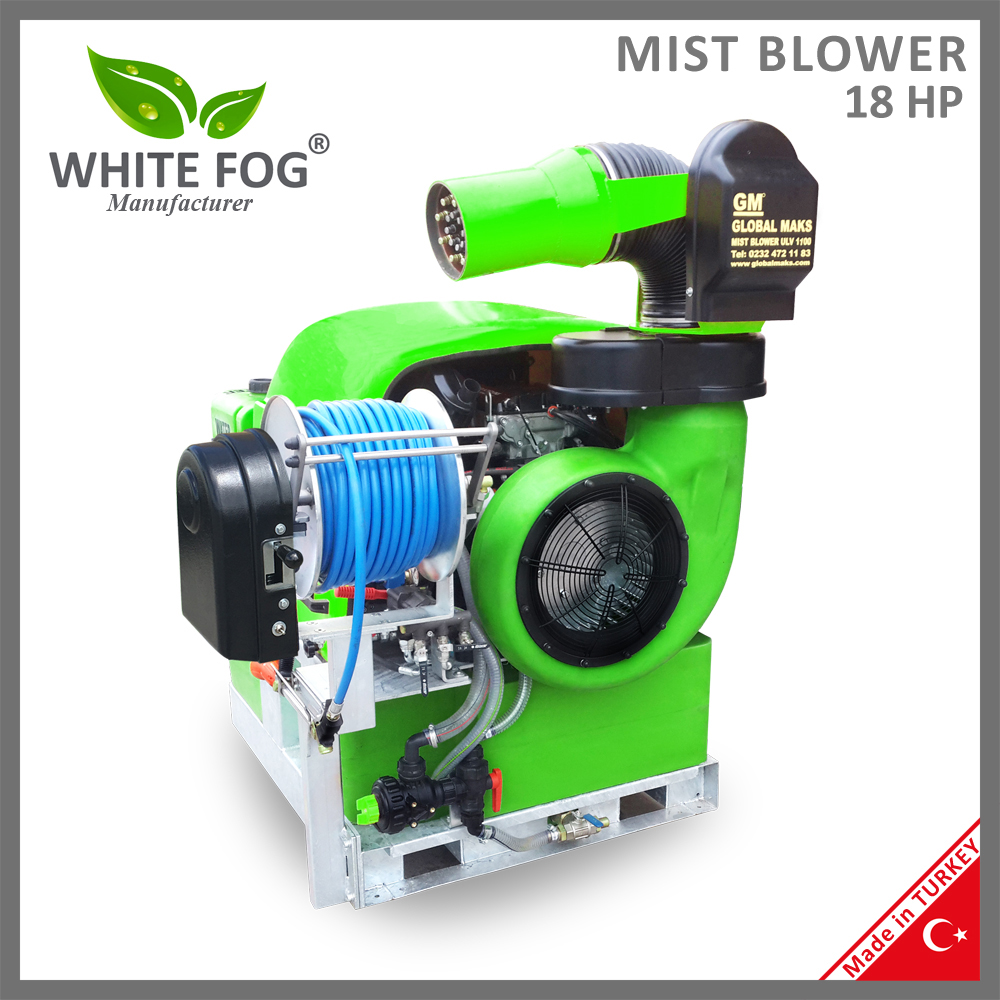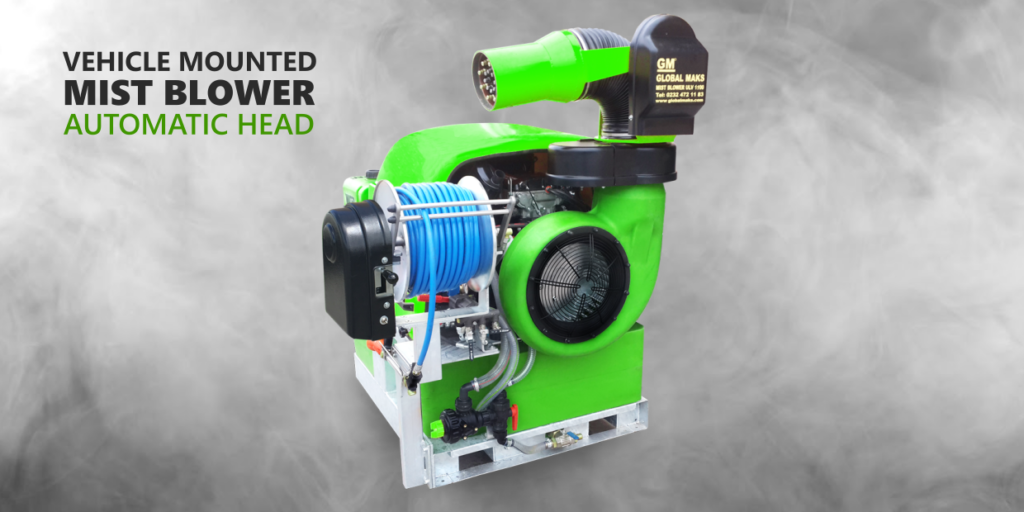
35 Hp Mist Sprayer Machine An ULV fogger operates using cold fogging techniques. A blower then sprays the liquid out through a special nozzle located on the front of the fogger. Both types of foggers are used in such applications as insect control, odor and mold control in indoor areas, for disinfection, to apply pesticides to plants, getting rid of pests in warehouses and other similar uses.
Mist Sprayer Machines
35 Hp Mist Sprayer Machine Fill the fogger with some clean water and operate again for one minute. This allows the fogger to produce large count of particles in extremely small size, which all together forms a dense cloud of fog. This gives you better control over the areas you’re fogging. Hog lice for example can carry swine flu or swine pox, whilst Red Mites feed around the breast and legs of hens, causing pain, irritation, and decrease egg production. Fogging is used to apply fungicides to target mold in places such as bathroom or kitchen ceilings, behind boilers, recently flooded areas, basements and areas with poor ventilation.
35 Hp Mist Sprayer Machine This is the main part of a ULV fogger since it is responsible for turning the liquid into tiny droplets. Special technique for water based solutions. Conventional sprayers reach insects less effectively than ULV technology.
Machine de pulvérisation de brouillard de 35 CV
35 Hp Mist Sprayer Machine See our Protective Equipment page for more on safety equipment and remember to consult the label of whatever pesticide product you are using with your fogging machine for the minimum required protective equipment. It’s difficult to make a thermal fogger produce droplets of one consistent size. This cold fog is also known as ULV or Ultra Low Volume. In addition to precautions against damage to the skin, eyes, and respiratory systems, also be aware of potential damage to the ears as well. Red mite Livestock parasites can be detrimental to livestock production.
When the generator is switched on, the motor creates an air vacuum in the tank, pulling the solution through a tube towards a specially designed nozzle. It only takes one spider mite that your conventional sprayer missed to turn into another epidemic 3 weeks later. Thermal foggers are the preferred tool for outdoor fogging.
The overall air pressure of the machine has also been enhanced, allowing a spray distance of up to 8 metres at an angle of up to 80°. This rapidly heats and breaks the formulation into small particles, or vaporizes it, where it is then discharged into the atmosphere out of the engine tube. With this particular model of thermal fogger, we also recommend ear protection as it can be quite loud. ULV Cold Foggers are very efficient when applying repellents, disinfectants, mold and mildew control. It can reach $1000+ for professional foggers equipped with powerful electric motors and large capacity tanks.
Once you’ve ensured the ignition system is functioning, depress and release the primer bulb until fuel is visible in the bulb. Thermal foggers use heat to disperse a large amount of chemical into a room or structure quickly and efficiently. It is recommended that you inspect your thermal fogger unit before each use. Fill the fogger with some clean water and operate again for one minute.
This is the formulation ON/OFF button. Same as with thermal foggers, the fogging solution is stored into a tank and when fogger is operating the fogging liquid gets pumped out of the tank. Thermal Fog Generators can be used both with oil and water based solutions. These include diseases such as E-coli, MRSA, C. difficile, Campylobacter, Legionella and Salmonella. Vector carrying insects and pests such as mosquitoes, flies, fleas, mites, and cockroaches are the cause of most common biological disease transmissions in the world today.
ULV foggers are used. Examples include Mosquitoes, Blow Flies, Bottle Flies, Stable Flies, Fruit flies, Bean Flies and Lygus. When used indoors, it completely fills a space reaching even small cracks and corners. However, thermal foggers generally will produce smaller in size particles, averaging from 0.5-10 micron range, while ULV foggers will output a bit larger in size particles, averaging from 5-30 micron range.The heating technique thermal foggers use allows to produce extremely tiny particles, as small as 0.5 microns, which can penetrate very small areas indoors and outdoors.
